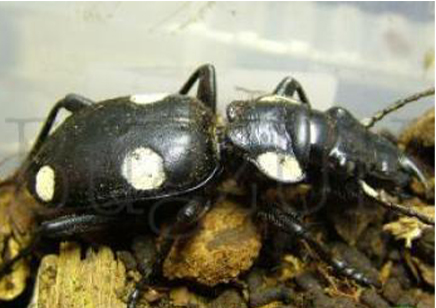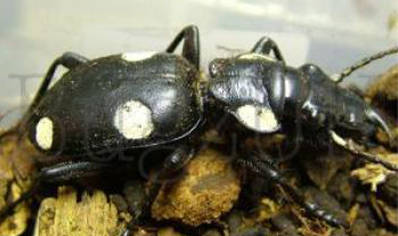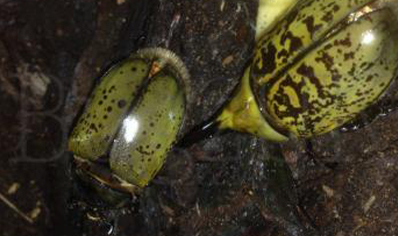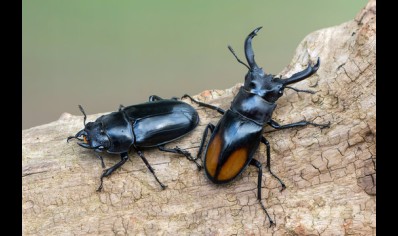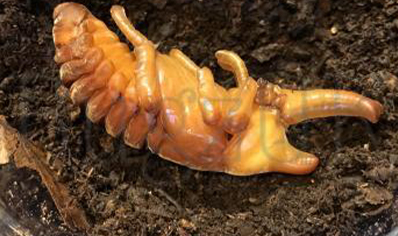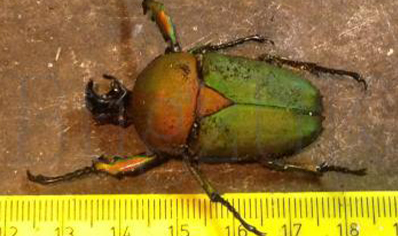Adults measure approximately 4 to 5cm are black with six relatively large white dorsal spots (four over the elytra and two on the thorax). Other patterns are possible although the pattern is always symmetrical Males and females are not sexually dimorphic, though it appears males are very slightly smaller than females These beetles are carnivorous and could nip smaller childrens fingers
Taxonomic Classification- Kingdom: Animalia
- Phylum: Arthropoda
- Class: Information not available
- Order: Information not available
- Family: Carabidae
- Sub Family: Harpalinae
- Genus: Anthia
- Species: SEXGUTTATA

